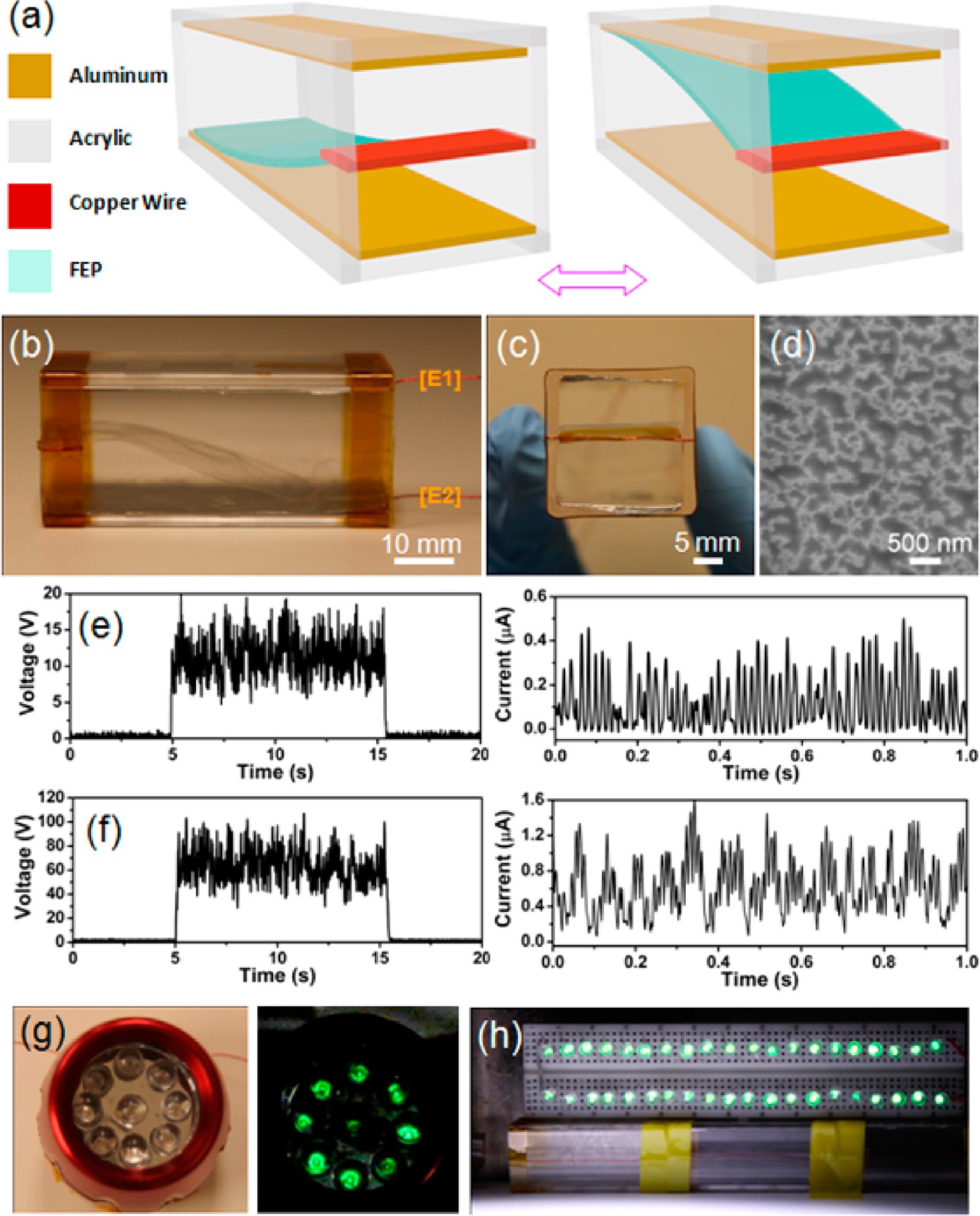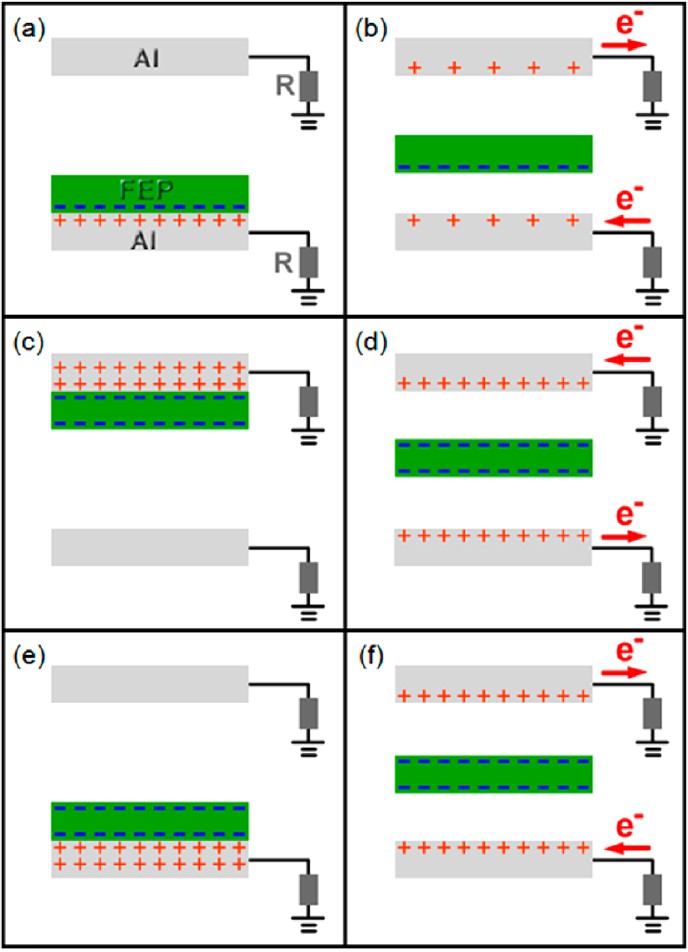This is Science: Blow and Get Electricity

Perhaps, precisely, so in a nutshell it is possible to characterize the new joint development of Chinese and American scientists. In the wake of the boom of alternative energy, in particular, wind energy, the proposed idea is not so exotic and unreal.
Triboelectric effect is a rather interesting natural phenomenon, which consists in the fact that when two materials or substances are rubbed (for example, with different densities), charge separation occurs between them. We all, for sure, perfectly remember school experiments in physics, when a glass rod rubbed with fur deflects hanging strips of paper. Similar examples are the experiences from the Bredun channel “Simple Science”:
')
Or another:
Of course, the polarity, the amount of charge and the potential difference depends on many parameters: humidity, temperature, nature of the materials used and so on. For some, it's just a fun experiment, but for someone it's a serious science, backed up by theory, formulas and experiments.
Armed with this knowledge of the American (Georgia Institute of Technology) and Chinese (Beijing Institute of Nanoenergy and Nanosystems) scientists designed a small device (2.5x2.5x22 cm), which allows to receive voltage up to 100 V at a current of up to 1.6 μA (microA). That in total gives about 0.1 mW of power. According to the authors of the work of this amount of electric power is enough to light a few LEDs.
The idea of development is very simple: a thin polymer film of fluorinated polyethylene-propylene is fixed between two metal plates, which can move freely between them:

The created device based on the triboelectric effect: a) device diagram; bd) photographs of the generator; characteristics of one (e) and four generators (f), gh) demonstration of work on the example of LED.
As the authors themselves write: “Using two effects at once - triboelectric and electrostatic - a periodic change in the distance between two aluminum plates and a polymer film leads to charge transport between aluminum electrodes and ground, which, in turn, gives an electron current in an external circuit.

Schematic representation of the process of generating electricity using a triboelectric nanogenerator
Another application of this device is likely to be remote sensors measuring wind speed for installation in hard-to-reach areas (in mountains or deserts, for example). At the same time, such sensors themselves will provide themselves with electricity: due to a small battery, enough energy can be stored to read the wind speed and to save and / or transmit data.

One of the potential applications: portable, cheap and autonomous wind speed measurement stations
Video of the device can be downloaded here .
Article published in the journal ACS Nano .
Full list of published articles This is Science on GeekTimes:
This is Science: Simple and Cheap Solar Energy
This is Science: Is graphene life or death?
This is Science: Blow and Get Electricity
This is Science: Silicon Electronics: Bend Me Completely!
This is Science: Resilient quantum dot display
This is Science: Putting triboelectricity at the service of humanity
This is Science: 3D optical printing moves to the micro level
This is Science: What's inside a neuromorph chip?
This is Science: News from graphene fields
This is Science: 3D lithography to masses
This is Science: The discharge of alkaline batteries or why the battery jumps
This is Science: microcannons and nano-nuclei
This is Science: wearable electronics and triboelectricity. Part 1
This is Science: wearable electronics and triboelectricity. Part 2
Sometimes briefly, and sometimes not so much about the news of science and technology, you can read on my Telegram channel - welcome;)
Source: https://habr.com/ru/post/208992/
All Articles